 In the last post Paul wrote about Bosch, and its focus on the industrial internet of things (IIoT). Bosch, GE and other industrial companies are attempting to create industry leading or at a minimum industry standard platforms to link industrial organizations and create standards, with the hope that new ecosystems and new solutions are built on top of those platforms.
In the last post Paul wrote about Bosch, and its focus on the industrial internet of things (IIoT). Bosch, GE and other industrial companies are attempting to create industry leading or at a minimum industry standard platforms to link industrial organizations and create standards, with the hope that new ecosystems and new solutions are built on top of those platforms.
Each of their goals is to capture, manage and exploit information generated from thousands of activities and sensors throughout the industrial platform.
Here we can the see opportunity and the challenges associated with an IIoT play: building a platform and managing the data of an industrial giant means managing (and harvesting) a tremendous amount of data.
But it also means plugging into or interfacing with other systems and platforms, as none of these companies can create a holistic platform or replace all of the platforms and systems in a large company. Bosch, GE and others can create really powerful and important platforms in sections or functions, but must integrate and share data with other platforms. While they can create really powerful and compelling platforms, these platforms are by necessity limited to specific capabilities or functions.
Now for something completely different
Let’s examine then, the power and flexibility that an Amazon, for example has in its quest to build platforms through its AWS offerings. First, it is focusing on business to consumer (b2c) or in many cases a category that Paul has coined: consumer to consumer (c2c).
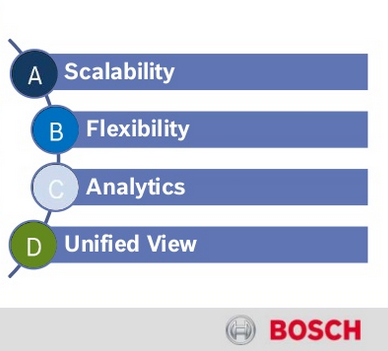 Bosch takes connected devices, open platforms, and interoperability for IoT solutions to drive your business, built from their own deployed experiences. They are focusing on knowledgeable development & deployment to provide a single integrated set of ‘connecting’ solutions.
Bosch takes connected devices, open platforms, and interoperability for IoT solutions to drive your business, built from their own deployed experiences. They are focusing on knowledgeable development & deployment to provide a single integrated set of ‘connecting’ solutions.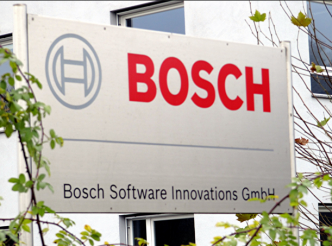 How are organizations dealing with digital transformation and especially IoT? The key has to be one where sustainable success is central.
How are organizations dealing with digital transformation and especially IoT? The key has to be one where sustainable success is central. I am presently wanting to determine a framework for investigating and facilitating the thinking considerations we need when we consider innovation ecosystems.
I am presently wanting to determine a framework for investigating and facilitating the thinking considerations we need when we consider innovation ecosystems. We need to shift our innovation thinking, it needs to be digitally transformed. We need to accelerate our activity and engagement and to achieve this, we need to widen out our communities and connect differently.
We need to shift our innovation thinking, it needs to be digitally transformed. We need to accelerate our activity and engagement and to achieve this, we need to widen out our communities and connect differently.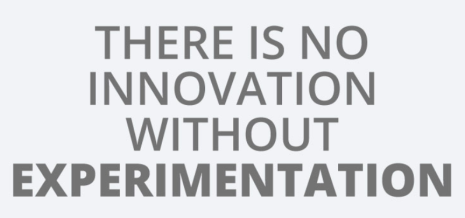 Why wait?
Why wait?
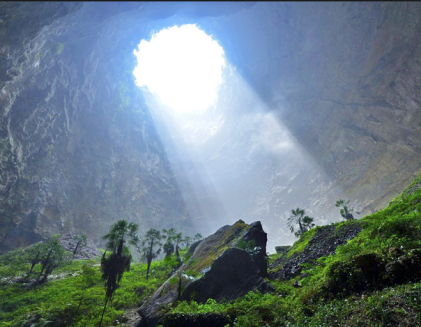

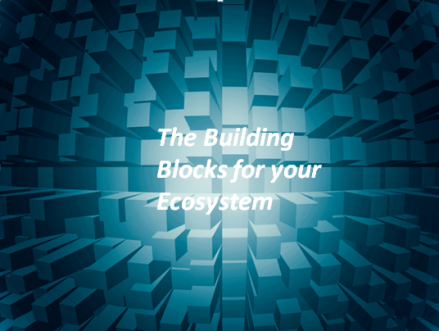 Today business organizations are in need to put in place the building blocks for managing ecosystem designs.
Today business organizations are in need to put in place the building blocks for managing ecosystem designs.